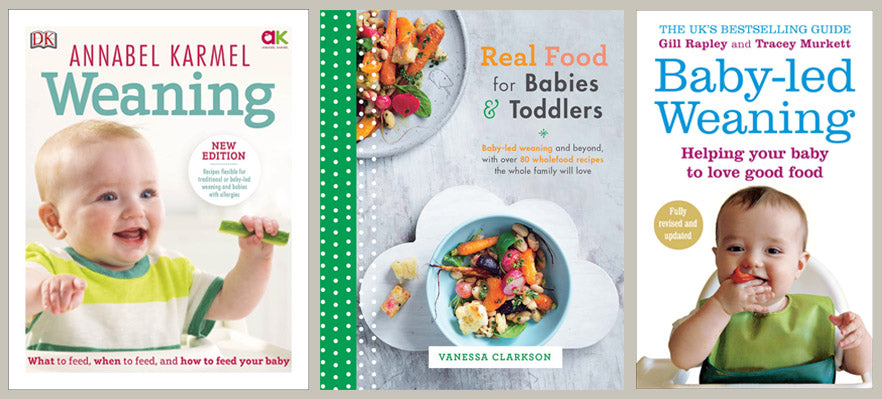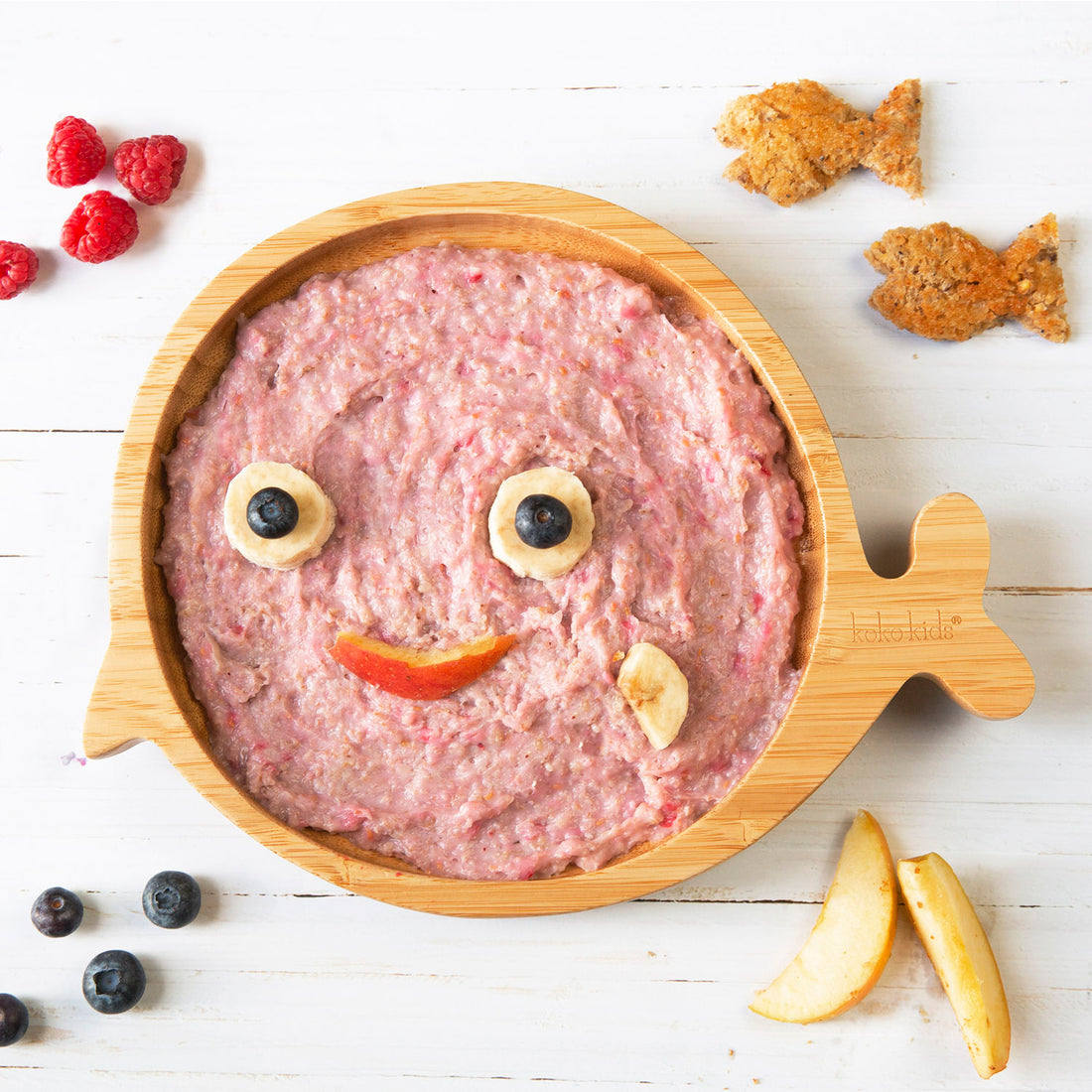More and more mums these days are choosing baby-led weaning over more traditional spoon-feeding, and you may be considering if it is the right option for you and your baby.
As with so many choices that parents have to make, there is no definitive right way or wrong way, just your way. What suits you and your baby. And as always you should rely on your common sense, intuition and of course, do some research.
What is baby-led weaning?
The phrase was coined by Gill Rapley, Author of Baby-led Weaning: The Essential Guide. Essentially, baby-led weaning is following your baby’s lead at mealtimes and allowing her to feed herself from day one of weaning rather than preparing pureed food for spoon-feeding.
When to start?
Experts will say that your baby is ready to wean around 6 months and you’ll also pick up on some signals from your little one when the time is right. If you think your baby ready earlier check with your health visitor.
You know your baby is ready to start weaning when:
- She can sit up unsupported
- She is reaching for objects and bringing them to her mouth
- She shows interest in your food and starts making grabs for it
- She makes chewing movements with her mouth
What are the benefits and downsides of baby-led weaning?
With most child-rearing choices there will be some pros and cons, and it’s worth taking these into consideration before you start with any new routine.
Benefits of baby-led weaning
- With baby-led weaning, there is no time-consuming food preparation with purees and ice cube trays
- The family can all eat together as your baby is feeding herself and mealtimes can be more sociable as a result
- Your baby gets to explore a wide range of flavours and textures
- You baby gains a certain amount of autonomy to experience and learn about food rather than it being an experience controlled and ‘spoon-fed’ by you
- It helps your baby develop fine motor skills

The downsides of baby-lead weaning
- The mess - yes it’s messy
- And with mess comes waste
- You can’t always be quite sure exactly how much your baby has eaten
- The fear of gagging and choking
This last one is a real fear for some parents and of course, you should always follow safety guidelines and never leave your baby eating unattended. That said, it’s also advisable to make sure you know what to do if your child does start choking, if only for your own peace of mind.
What to feed your baby
You should offer a range of small, finger-sized foods. Start with well-steamed veg and soft fruit such as cooked sweet potato, banana, mango, cucumber, carrots and unsalted breadsticks.
And it’s advisable to present just a few bits at a time so that your little one doesn’t get overwhelmed by choice.
Foods to avoid
As with a spoon-fed diet, you should avoid giving your weaning baby salt and sugar, whole nuts, as they present a choking hazard, and no honey in the first year.
Be aware of potential allergens and introduce them one-by-one to your baby’s diet so that you can identify any adverse reactions. The most common are cow’s milk, eggs, wheat and gluten, nuts, seeds, fish and shellfish.

Woodland oilcloth from Jolee Tablecloths. Liewood Cape Bib from The Kid Collective. Linen apron from Etsy.
Some useful tips on baby-lead weaning
- Cover up the floor (a wipe-clean table cloth works well), the baby and you.
- Place finger-sized foods directly onto the high-chair tray
- Don’t leave your baby eating unattended
- And remember that gagging is actually your baby’s way of moving food around the mouth. When you see that happen, don’t panic! Instead, try making some chewing faces and noises to help them get the hang of it.
- Take photos! Watching your baby discover food and teach herself how to eat is an amazing thing and you’ll want to remember it.
And finally...
Do what’s right for you and your family
The truth is that you don’t actually have to commit to one style of weaning or another. Some parents prefer to mix both methods to suit their children and family lifestyle. If that’s you, check out the recipes of some trusted experts.

Weaning by Annabel Karmel available from Amazon. Real Food for Babies & Toddlers by Vanessa Clarkson available from Waterstones. Baby-led Weaning by Gill Rapley and Tracey Murkett.
The important thing is to make a choice that you feel comfortable with, and as long as your baby is getting good variety and all the nutrients she needs, you can relax and enjoy this exciting stage in your baby’s development.

